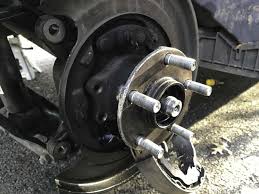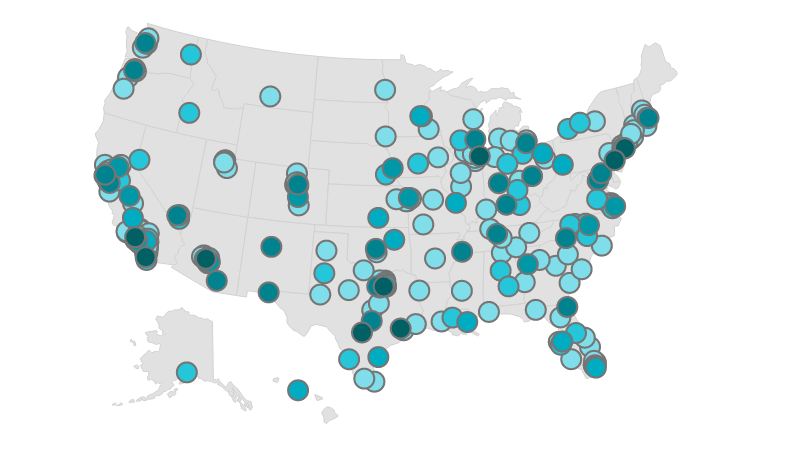What is a Rear Hub Assembly and How Does It Work?
The rear hub assembly is a vital part of your vehicle’s suspension and wheel system. It connects the wheel to the axle and allows it to rotate freely while supporting the vehicle’s weight. Most modern hub assemblies also include the wheel bearing and, in many cases, the ABS sensor, which helps monitor wheel speed for safe braking.
A properly working hub assembly ensures smooth wheel rotation, stable handling, and reliable braking performance.
Why the Rear Hub Assembly Matters
When a hub assembly wears out, it can cause wheel looseness, noise, and vibration. If ignored, a failing hub can lead to uneven tire wear, loss of steering stability, or even wheel detachment in severe cases.
Replacing a faulty rear hub assembly restores safety, smooth ride quality, and proper braking efficiency.
Important to Know:
- Hub assemblies are sealed units—once worn or damaged, they cannot be repaired, only replaced.
- Rear hub assemblies typically last 85,000–100,000 miles, but harsh driving conditions or poor road surfaces may shorten their lifespan.
- If one hub assembly fails, the other side may not be far behind.
How Rear Hub Assembly Replacement is Done:
- Confirm hub assembly failure through inspection and road test.
- Safely lift and support the vehicle.
- Remove the wheel, brake caliper, and rotor for access.
- Disconnect the ABS sensor (if equipped).
- Remove the old hub assembly from the axle.
- Install a new OEM-quality hub assembly and torque bolts to manufacturer specs.
- Reassemble the braking components and wheel.
- Test drive the vehicle to ensure smooth operation and no warning lights.
When to Replace a Rear Hub Assembly:
- Every 85,000–100,000 miles (or sooner if symptoms appear).
- Immediately if bearing noise, vibration, or ABS failure is detected.
Signs You May Need a Rear Hub Assembly Replacement:
- Grinding, humming, or growling noises from the rear wheels
- Vibration or looseness felt while driving
- ABS or traction control warning lights illuminated
- Uneven or rapid tire wear
- Wheel feels wobbly or unstable when shaken by hand
How Important is This Service?
Driving with a bad rear hub assembly is dangerous—it can compromise braking, stability, and even cause wheel failure. At Nationwide Mechanics, we replace worn hub assemblies with precision and high-quality parts, ensuring safe and reliable performance.




